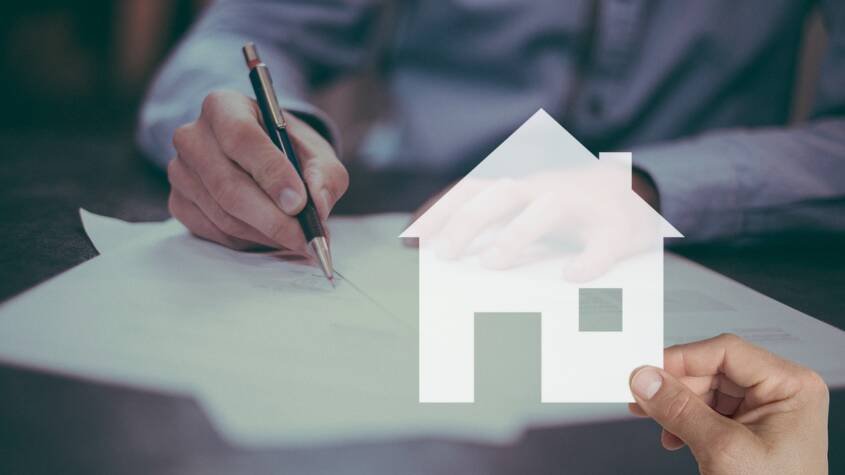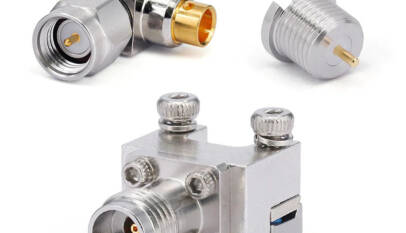
Reverse mortgages in British Columbia allow homeowners aged 55 and older to convert part of their home equity into tax-free cash without having to sell their property or make monthly payments. This financial tool provides a way for seniors to increase their cash flow while continuing to live in their homes.
The amount one can borrow depends on factors like age, home value, and current interest rates. It is important for homeowners to understand the terms and potential risks before proceeding, as repayment typically occurs when the borrower sells the home or passes away.
Many seniors in BC use reverse mortgages to cover daily expenses, medical costs, or home renovations. Knowing how this option works and how it fits into a broader financial plan is essential for making an informed decision.
Understanding Reverse Mortgages in BC
A reverse mortgage allows homeowners aged 55 or older in British Columbia to convert part of their home equity into cash without selling their home. Interest accumulates over time, and repayment occurs when the homeowner moves, sells, or passes away.
Key factors include the loan’s structure, eligibility criteria, and different types of reverse mortgages tailored to specific needs.
How Reverse Mortgages Work
A reverse mortgage BC provides funds based on the home’s appraised value and the borrower’s age. It does not require monthly payments; instead, interest and loan balances grow over time.
Borrowers can receive payments as a lump sum, monthly income, or a line of credit. The loan is repaid when the home is sold or the borrower permanently leaves the property.
The loan amount depends on the property type, value, and age of the youngest borrower, usually requiring that the home is the principal residence. The interest rate is typically fixed or variable and compounds over time.
Eligibility Requirements in BC
To qualify, applicants must be at least 55 years old and own a home in British Columbia with sufficient equity. The property must be a principal residence, and the title must be free of significant encumbrances.
Applicants must undergo a financial assessment to confirm they can cover property taxes, insurance, and maintenance. Lenders require the borrower to participate in independent counseling to explain the loan fully.
The home should be in good condition and meet lender specifications. Condos and some multi-unit homes may be eligible but require additional checks.
Types of Reverse Mortgages Available
Two main types exist in BC: the traditional reverse mortgage and the proprietary reverse mortgage. The traditional option is insured by the federal government, offering standardized terms and limits based on government rules.
Proprietary reverse mortgages are private loans that may offer higher loan amounts but come with different terms and potentially higher costs. These are more common for homeowners with valuable properties or special circumstances.
Borrowers should compare product features, interest rates, and repayment options before selecting the appropriate mortgage type.
Benefits and Considerations for BC Homeowners
Reverse mortgages allow BC homeowners to access home equity without selling their property or making monthly payments. However, they involve specific costs and repayment terms that require careful evaluation. Finding a reputable lender is also essential.
Advantages of Reverse Mortgages
Homeowners aged 55 and older can access a lump sum, monthly payments, or a line of credit based on their home’s value. This provides financial flexibility for retirement, healthcare, or home improvements.
No monthly mortgage payments are required, as the loan is repaid only when the homeowner moves, sells, or passes away. This reduces immediate cash flow concerns.
Additionally, reverse mortgages do not affect Canadian government benefits like Old Age Security or Guaranteed Income Supplement, since income is not considered taxable.
Potential Risks and Limitations
The loan balance increases over time due to accumulating interest and fees, reducing home equity available to heirs. This may limit inheritance options.
If the homeowner fails to meet property taxes, insurance, or maintenance obligations, the loan can become due and payable, potentially leading to foreclosure.
Reverse mortgages also reduce options for refinancing or taking out additional loans on the property during the term of the reverse mortgage.
Cost and Repayment Structure
Costs include an application fee, appraisal, legal fees, and ongoing mortgage insurance premiums, which protect the lender and borrower.
Interest compounds, increasing the total amount owed over time. Repayment is required when the last borrower exits the home permanently or passes away.
Heirs can repay the loan balance to keep the property or sell it, using proceeds to settle the debt. Failure to repay results in the lender selling the home.
Choosing the Right Lender in BC
Selecting a lender with transparent fees and clear terms is critical. Homeowners should compare interest rates, fees, and customer reviews.
Licensed mortgage brokers in BC can assist in identifying reputable lenders and provide guidance tailored to individual financial situations.
It is important to request a full cost disclosure and ensure the lender participates in the Canada Mortgage and Housing Corporation (CMHC) insured reverse mortgage program for added security.
Kongo Tech Leading Innovation in African Technology Solutions
Kongo Tech specializes in developing innovative digital solutions tailored to African mark…




